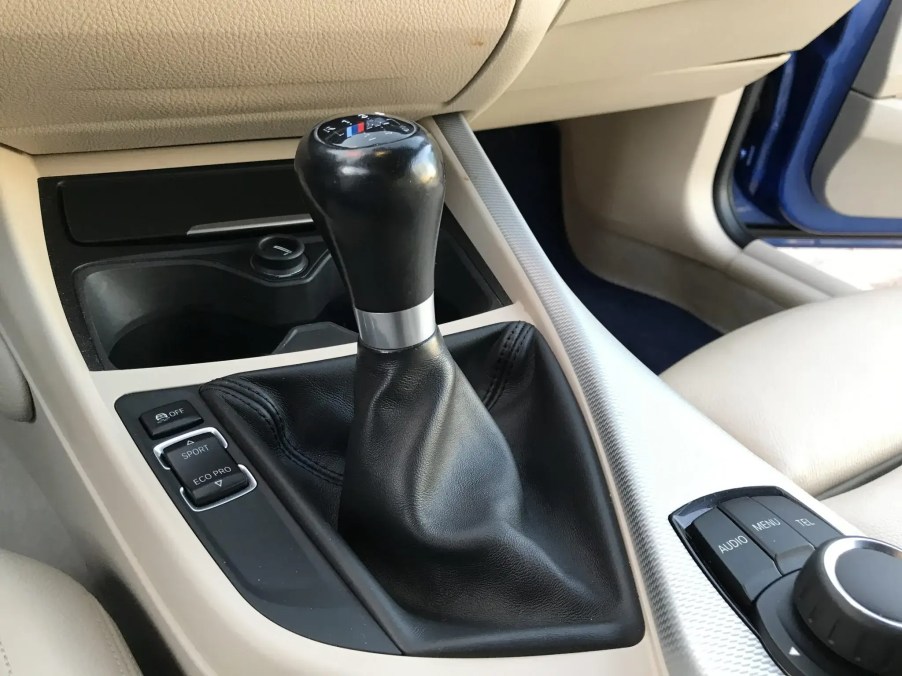
Why Automatic Transmissions Are Now Faster and More Reliable than Manuals
When it comes to driving engagement, there is no better solution than a manual transmission. But for both track cars and daily driving, automatic transmissions are the better choice than manual models. Thanks to advanced technology, the “slushbox” is now the preferred option over the three-pedal setup, even if that may be hard to admit.
How technology has pushed automatic transmissions above manual options
The common wisdom among car enthusiasts is that modern automatic transmissions are faster than manual transmissions because there is no power cut in between shifts. However, even early automatics functioned this way, which means there is more to the story.
To dial in smoothness between gears, old automatic transmissions would lazily shift from one gear to the next. Not only did engine power remain constant, but the automatic transmission cars were seen as more luxurious as a result.
However, these cars lacked the performance of their manual transmission counterparts, so a line was drawn. Manual transmissions were for performance cars, and automatic transmissions were for comfortable daily drives.
That all changed with Mercedes in 1961. Their first automatic transmissions simply snapped from gear to gear. It meant better performance but was hard on the engine, transmission, and anyone on board.
Engine programming gave automatic transmissions an edge

Moving forward, computer controls put automatic transmissions ahead of manual gearboxes. By allowing the transmission to momentarily reduce engine power, the new breed of automatics could approach the performance while remaining smoother than most manuals. In turn, the ‘slushbox’ concept was no more, and there was considerably less power loss in the drivetrain overall.
However, automatics still lagged behind on the stat sheets. But it wasn’t going through the gears where automatic transmission cars fell behind those with manual transmissions. Instead, it was the initial start from a standstill.
The biggest advantage manual transmission cars had over automatics was the ability for the driver to dump the clutch. Automatics were never programmed to allow such a harsh technique. As such, they’d fall behind at the start and never gain any time back.
Dual-clutch automatics changed the game
The dual-clutch transmission in a production car came in 2003, in the Volkswagen Golf R32. However, the technology had been around for decades prior. Either way, the dual-clutch helped the automatic transmission clear the final hurdle in performance supremacy over the manual gearbox.
Now, a car with an automatic transmission could launch from a stop at high revs, providing instant acceleration. However, DCTs are complex and lacked the reliability of torque-converter automatics and manual transmissions alike.
Torque-converter automatics are taking over
Now, even the dual-clutch automatic is losing favor to the old-school torque converter automatics. Continued advances in technology have brought us gearboxes like the ZF 8-Speed. From advanced control software to near-bulletproof construction, the ZF 8 features on everything from the BMW M240i and M5 to the Dodge Demon and even the RAM 1500 pickup.
And as much as we love the engagement of a three-pedal, row-your-own manual transmission, it’s hard to deny the excellence of modern automatics.




